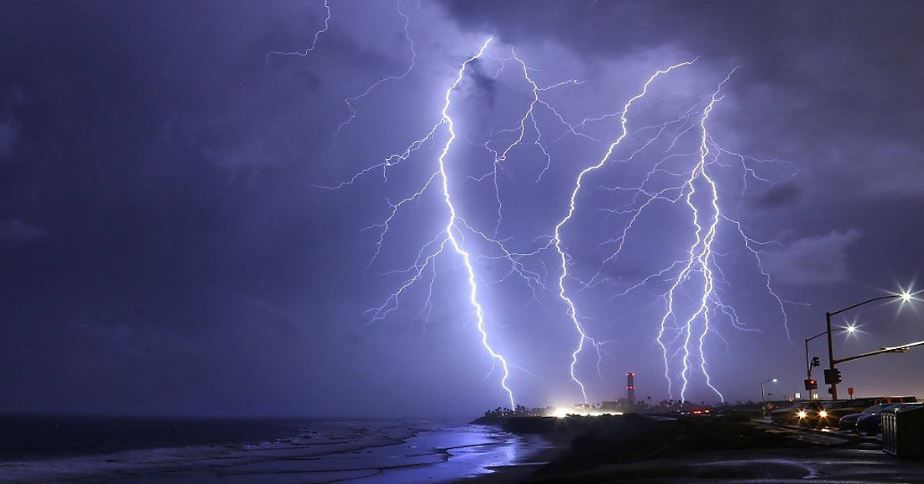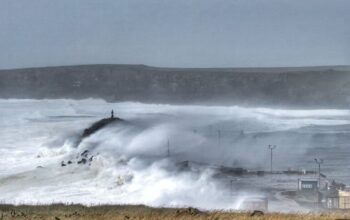Could Florida have been unseated as the lightning capital of America?
“For years, Florida has been known as the lightning capital of America.”
The following written content by Mark Puleo

The United States has a lot of capitals. There is, of course, Washington, D.C., the nation’s capital city. Unofficially, Seattle is recognized as the coffee capital of the world, and Chicago has recently claimed the title of candy capital of the world.
For years, Florida has been known as the lightning capital of America, almost to the point where that dubious distinction has been undisputed. However, recently released data from Vaisala, a Finland-based company that collects weather data such as lightning strike frequency, indicates that there may be a new lightning capital of America or, at the very least, Florida’s status as the nation’s lighting capital is now in dispute.
According to meteorologists at Vaisala, which puts together global lightning detection products and services, Oklahoma and not the Sunshine State recorded the highest lightning flash density per square kilometer during the past five-year stretch, from 2016 to 2020, though the final numbers were extremely close.
Over that span, 83.4 lightning events per square kilometer were recorded in Oklahoma while Florida saw 82.8 lightning events. Only one other state, Louisiana, saw more than 60 such events, according to Vaisala data.
The data may sound clear when comparing the numbers, but there are some nuances in the types of lightning strikes that are factored in — and that may make it less clear as to which state can lay claim to the unwanted lightning capital title.
Chris Vagasky, a meteorologist and lightning applications manager at Vaisala, told AccuWeather National Reporter Bill Wadell that the numbers paint a differing picture of how lightning is impacting each of these states. Vagasky said the company’s detection system is capable of recording both cloud-to-ground lightning and in-cloud lightning.
“In Oklahoma, you’re getting a lot more in-cloud lightning, so you see a lot more of the lightning off in the distance,” he said. “Whereas in Florida you’re actually getting a little bit more of the cloud-to-ground lightning, which is the more dangerous type of lightning because it can impact people, plants, trees, houses and animals.” Read more from Accuweather.





